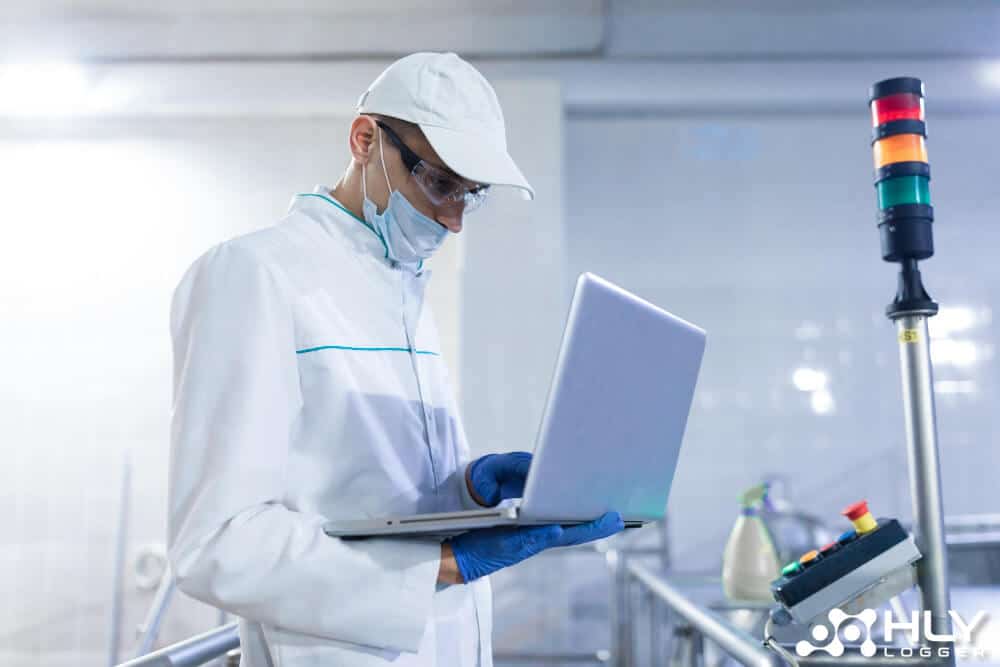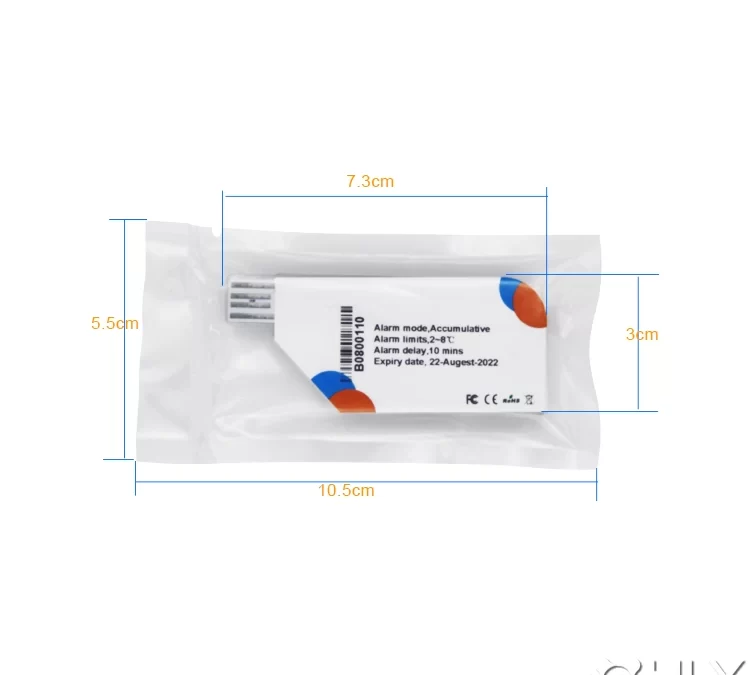Humidity recording devices complete with humidity sensors (hygrometers) can detect, measure, and report humidity and air temperature to a central system. There is a comfort threshold that will define the relative humidity, which is the ratio of the humidity in the air to the maximum amount of humidity possible at a given temperature. The relative humidity indicates the current state of humidity in relation to this maximum.
Products on an industrial scale achieve optimal quality when systems can control temperature and humidity effectively. If the indicator shows the dew point temperature, there will be an action to cool the air and achieve condensation.
Many air control applications rely on measuring humidity. All humidity recording devices measure relative humidity, which indicates the water vapor content in the air. Typically, relative humidity readings exceed 10%.
Hygrometers can measure humidity both indoors and outdoors. There are analog and digital versions. People will choose modern digital hygrometers for their accuracy and speed. Indoor hygrometers often attach to air quality monitors, while outdoor hygrometers mount on radiation shields within sensor circuits. Hygrometers serve as essential tools for laboratories, weather stations, and warehouses storing humidity-sensitive products.
Contents
How Humidity Recording Devices Work
Anyone who works with humidity recording devices is always concern about fluctuating humidity levels. High humidity can make a room uncomfortable and cause equipment or machinery to malfunction. Humidity sensors help prevent these issues, maximize energy efficiency, and improve air quality.
These devices can detect and measure the amount of moisture in the surrounding air and come in various forms, from handheld sensors to small components found in air quality systems. Once the humidity sensor produces an air quality report, the personnel on duty can take immediate action, whether to remove excess water vapor or add moisture if the room is too dry.
Several sensing elements, including thermistors, measure humidity and temperature levels. The humidity sensor in the recording device converts the data into an electrical signal and reports the humidity level to a specific device integrated with specialized software.
Some humidity sensors can measure relative humidity (RH), while others measure absolute humidity (AH). RH works by comparing the current humidity at a specific temperature with the highest humidity level. When the RH value drops, it indicates that the surrounding area is becoming dry. Meanwhile, AH indicates the amount of water vapor present in a unit volume of air (grams per cubic meter).
There are two types of sensors that measure RH: capacitive and resistive sensors. Only thermal sensors detect AH. Thermal sensors use two components: one is in a layer of dry nitrogen, while the other measures the surrounding air.
Capacitive sensors measure relative humidity from 0% to 100% and contain a metal strip between two electrodes. Then, resistive sensors have ionized salt between two electrodes; as humidity rises or falls, the resistance of this electrode changes.
For accurate measurements, you should place the humidity recording devices in the middle of the channel, away from the coil and fan.
Application of Humidity Recording Devices in Various Industries

Many industries implement humidity recording devices. Industries that produce fresh food, chemical products, pharmaceutical products, and any products sensitive to temperature rely on these humidity sensors. Fully productive factory areas, agricultural sites, laboratories, and cold chain management are real applications for humidity recording devices.
Monitoring temperature and humidity in cold chain management helps organizations maintain product quality. These devices can provide signals that indicate any deviation in temperature and humidity, even for the slightest changes. When a signal is on, the personnel on duty can take immediate action to stabilize the humidity level according to initial settings.
Additionally, many medical cabinets and fresh food storage units use humidity recording devices to ensure all products remain safe for customers. Products may enter logistics containers for distribution by land, water, or air. Some data recording devices can also monitor various machine parameters, such as vibrations, air pressure, light, and unusual acceleration.
Conclusion
Reports from data loggers enable companies to anticipate issues that could harm operations. Well, various technologies contribute to the latest innovations in humidity recording devices. These recorders often have screens and humidity probes that you can access via USB or the cloud. Their waterproof design ensures that the recording process continues uninterrupted, even in environments with high humidity or water exposure.
To take advantage of the benefits of humidity recording devices, consider products from HLY Technology Co., Ltd. As a manufacturer of data loggers, Our data loggers measure humidity and temperature.
Additionally, the data loggers allow you to measure, record, and wirelessly transmit relative humidity data to mobile devices or computers. Utilizing a 3G or 4G internet connection provides the most accurate real-time reports, allowing for remote monitoring of temperature and humidity. This accuracy helps maintain the integrity of sensitive product quality.

